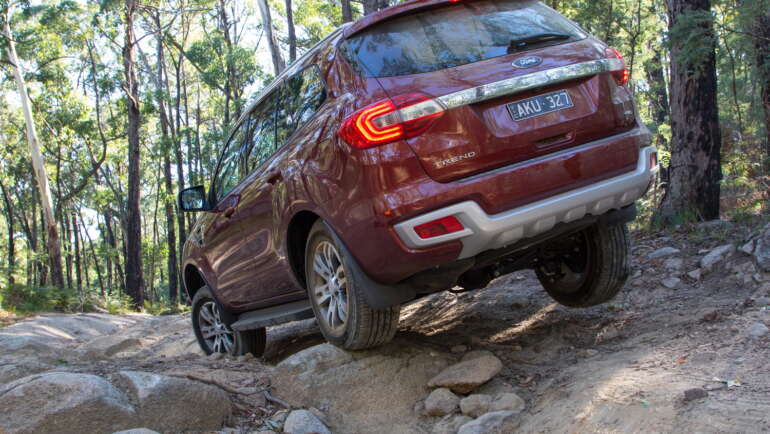
Why you should winch AND drive
NEVER WINCH AND DRIVE! LET THE WINCH DO THE WORK! YOU WILL OVERRUN THE CABLE! SHOCK LOAD! SHOCK LOAD!
Sound familiar? It’s old-school 4×4 advice, handed down through the ages. Now old advice isn’t necessarily bad advice, but advice has a tendency to lag behind the times and this advice is no exception.
The video below shows the effect, measured by datalogging loadcell, of driving and winching. It proves that driving and winching can significantly reduce the recovery load, and therefore increase safety. That is undeniable – logic says so, and now there is hard data to prove the point.
However, that’s just one winching scenario, and “always” is a dangerous word when it comes to the 4×4 world so I’m not going to say always winch and drive. There are occasions when it makes sense to winch not drive, such as when you need all the tyre’s grip for lateral traction like when you’re winching on a sideslope.
Some people say “don’t drive and winch as you’ll simply wheelspin in”. There is some truth to this, but only some. First, drive and winch can mean leaving an auto in D only, which is barely enough torque to spin a wheel, not enough to dig in, yet there is enough torque to make a difference. Yes, 2000rpm would spin you in, but that’s not what I’m suggesting.
Second, when you’re winching you’re moving forwards, so there’s fresh terrain to grip into. Again, mad wheelspin won’t work, but it’s not the end of the world if there is a bit of spin, and remember, even a spinning wheel provides traction and helps move the car forwards.
So, as long you’re not crazily spinning wheels, then even in soft terrain the drive and winch technique works.
As for overruns – the problem there is twofold. First, climbing forwards and slipping back, shockloading. This easily avoided by listening to the winch motor change note as it changes load and reducing drive. Second, overrunning the winch rope but not slipping back so the winch rope goes on slack, not under tension. The same mitigation applies.
Now what about manuals? Automatics are easy, leave it in D and you get a benefit, but manuals can’t do that. My advice for manuals is to engage first low, then cover but not touch the brake with your right foot, and use your left foot to bring the clutch up as required – which means when you need a bit of assistance. Yes, that’s slipping the clutch but if the engine is at idle it’ll be minimal wear, unlike say a hill start with 2000rpm pulling away fast. And when the winching is easy you dip the clutch again. Modern electronic anti-stall systems makes this technique very workable, and it’s even quite doable on older vehicles too.
Fundamentally, driving and winching is easy to do, and if done right, significantly reduces load with minimal risk of additional load, reduces strain on your gear, and it’s quicker. And the less force there is in a recovery, the safer it is. Why wouldn’t you do it? Watch the video here and see the data. The Raptor is a part-time 4×4 vehicle in low range, not aired down, and no lockers to provide a realistic winch load. I did the same winch in my own vehicle which has less clearance and poorer tyres, and found the loads higher.

